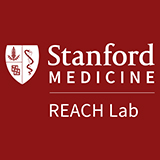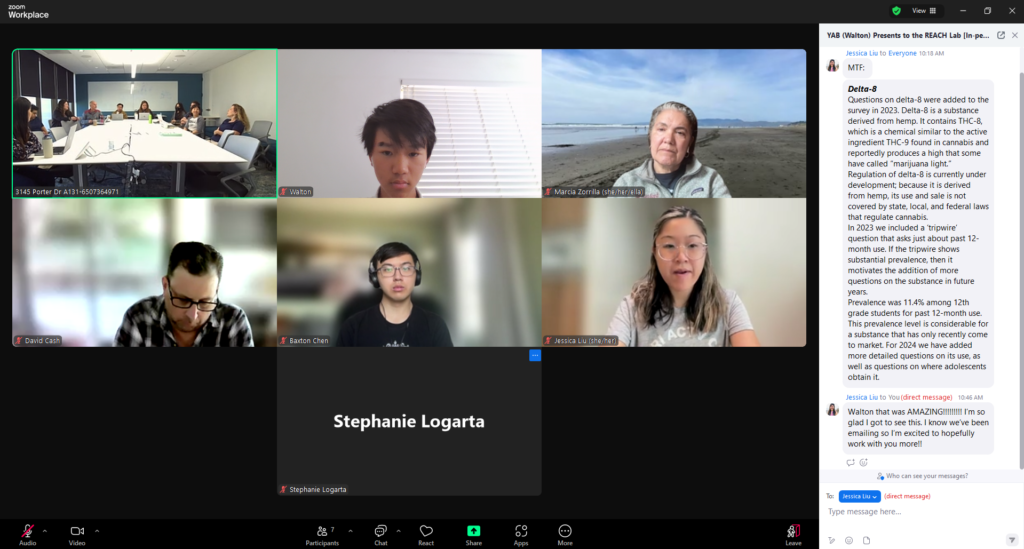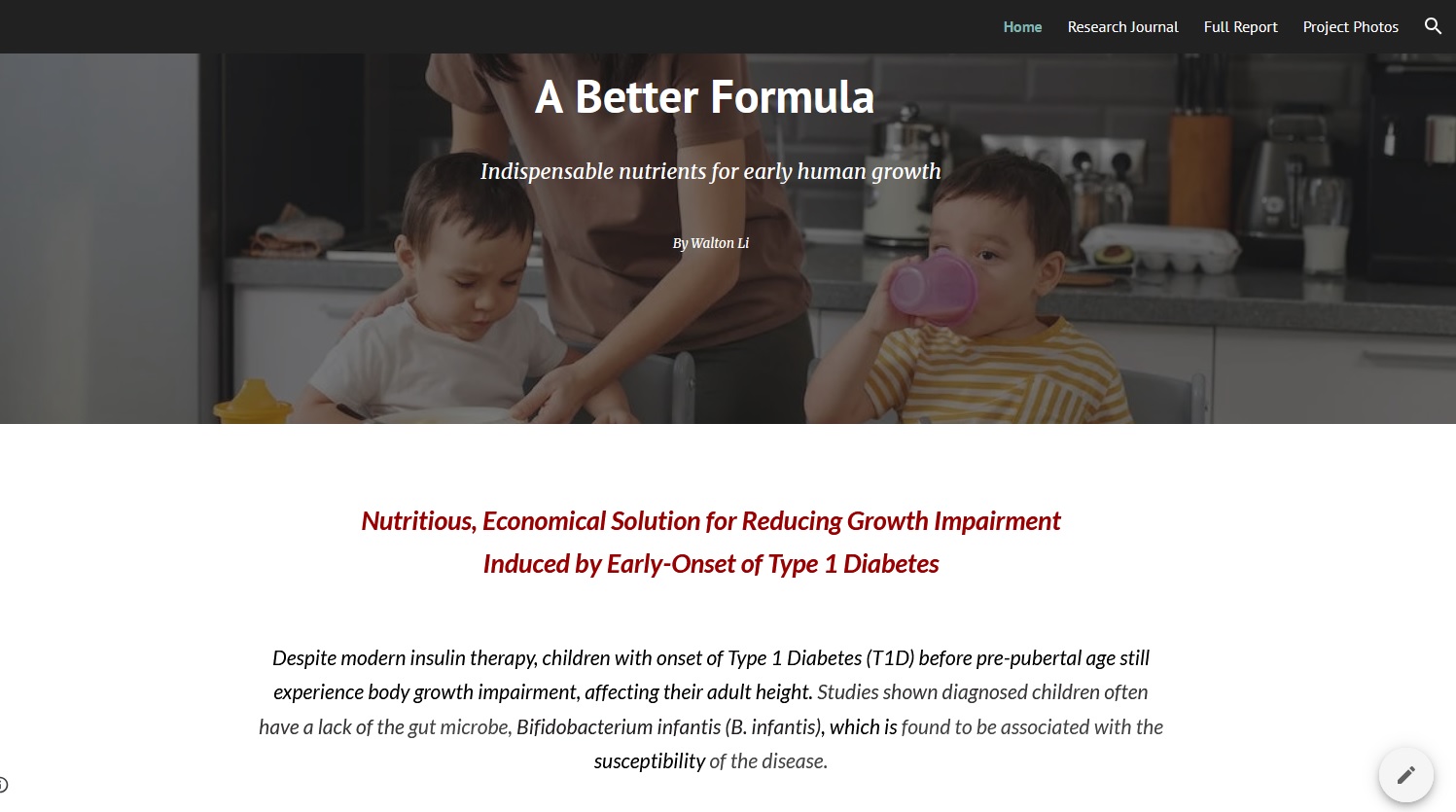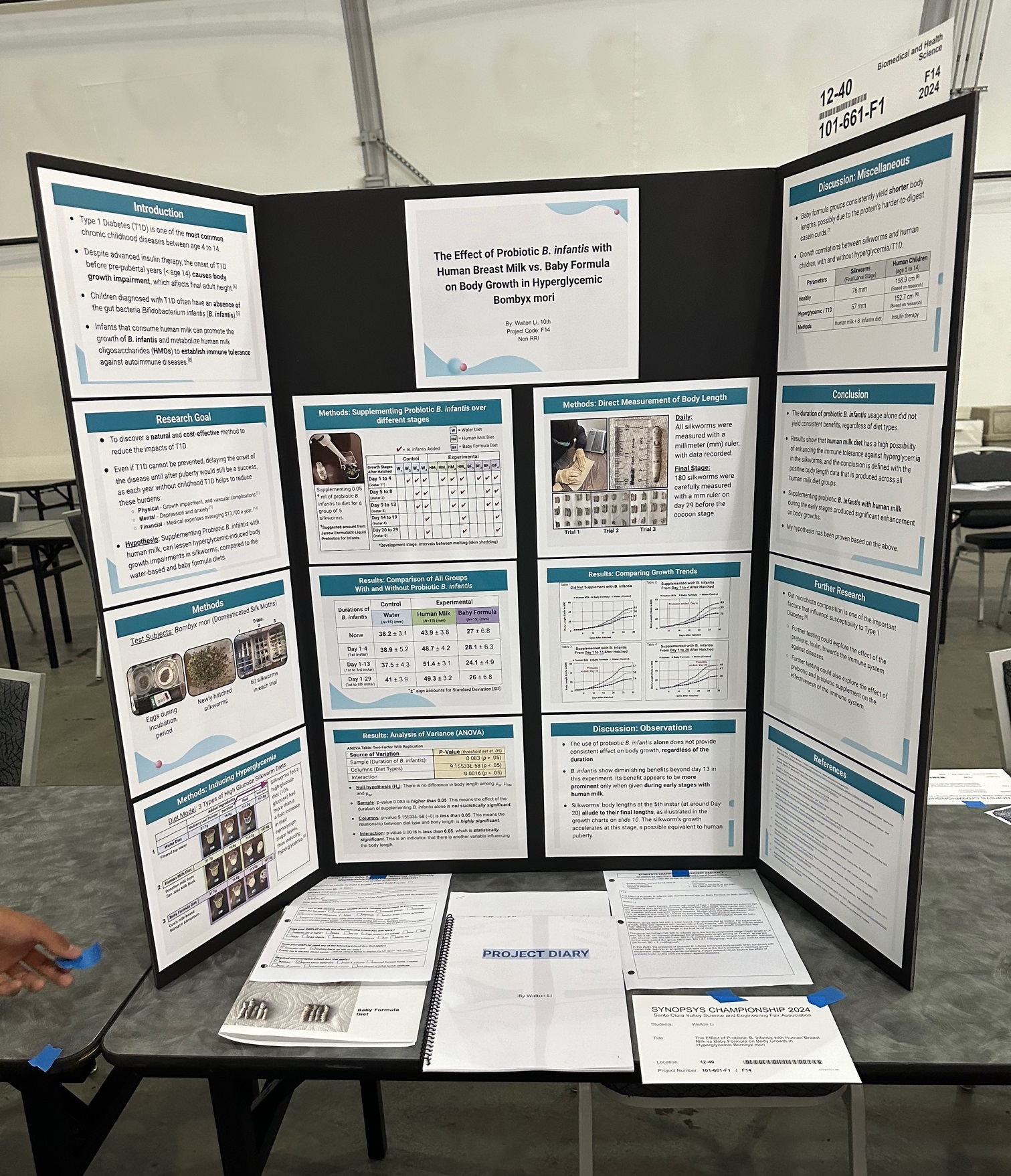Academic & Research
Research Quicklinks: Stanford Halpern-Felsher REACH Lab | Independent Research
High School Advanced Courses:
12th: AP Calculus BC; AP Statistics; AP Biology; AP English Lang & Comp; AP Psychology; AP Government
9th – 11th: AP Calculus AB; AP English Lit & Comp; AP Chemistry; AP World History; AP Computer Science P; AP US History; Physics H; Biology H; Chemistry H; Algebra 2 H; Pre-Calculus H; English H
Mission College & DeAnza College:
Emerging Infectious Disease; Cultural Anthropology; Abnormal Psychology; Social Psychology
edX – HarvardX Online:
The Opioid Crisis in America; Global Health Case Studies from a Biosocial Perspective
UC San Diego Extension:
Cognitive Psychology

Research Intern
Stanford Medicine, Halpern-Felsher REACH Lab, Department of Pediatrics
January 2024 – Present (1 yr 7 mo)
As an 11th grader, I’ve had the opportunity to get hands-on experience working with postdoctoral researchers on a project focused on adolescent substance use. In doing so, I have also gained experience in developing school-based prevention curriculum aimed at reducing tobacco and cannabis use.
I’ve also worked with quantitative datasets, creating data visualizations to help interpret and communicate findings from various research papers. Presenting these to researchers and officials has sharpened both my analytical and professional social skills.
My time at the REACH Lab has also given me a deeper look into the policy side of public health—where I’ve seen firsthand how high-quality data drives prevention efforts, community programs, and meaningful policy change. These experiences have strengthened my commitment to studying medicine with a focus on building lasting and effective impact.

August 2024 – Making presentation to the lab personnel on a project.

Independent Researcher
Advanced Science Research, Archbishop Mitty High School
March 2023 to February 2024 (11 mos)
In 10th grade, I designed an independent research project aimed at developing a natural and cost-effective way to reduce hyperglycemia-induced growth impairment in pre-pubescent children with early-onset Type 1 Diabetes (T1D). This experience deepened my understanding of the vital role pediatric nutrition plays in supporting long-term health outcomes.
The project was sparked by a question: why do some children with early-onset T1D still experience growth impairment, even with advances in insulin therapy? I learned that one contributing factor may be the absence of Bifidobacterium infantis (B. infantis) in the gut microbiome—a probiotic essential for metabolizing human milk oligosaccharides (HMOs) into short-chain fatty acids. These fatty acids help to fortify the gut barrier, boost immune function, and support immune system development, ultimately protecting the body from infection and autoimmune disease.
Based on this, I hypothesized that delaying the onset of T1D until after puberty could reduce many of the physical, mental, and financial burdens associated with the disease. To explore this, I tracked the growth of 160 Bombyx mori (silkworms) over 30 days, feeding different groups a high-glucose diet supplemented with either human milk or baby formula, and with and without B. infantis. Growth was measured by larval body length, used as an indicator of immune response and resilience to hyperglycemia.
The results were conclusive: silkworms given human breast milk showed significantly better immune tolerance to hyperglycemia, especially when B. infantis was administered during early growth stages. Interestingly, B. infantis alone wasn’t consistently effective unless paired with breast milk, pointing to the importance of early nutritional synergy. The interaction between diet type and probiotic duration produced a statistically significant effect, suggesting that further research could uncover additional factors worth investigating.
This project allowed me to build skills in experimental design, data analysis, and logical reasoning—and it confirmed how much I enjoy the challenge of biomedical research. Most importantly, it taught me how science can connect seemingly small biological details to large-scale human impact.

March 2023 to 2024 – I raised the first batch of silkworms from eggs to familiarize with their living behavior in March 2023, and the actual research started in November 2024.

February 2024 – Display of my project at the Synopsys science fair competition.